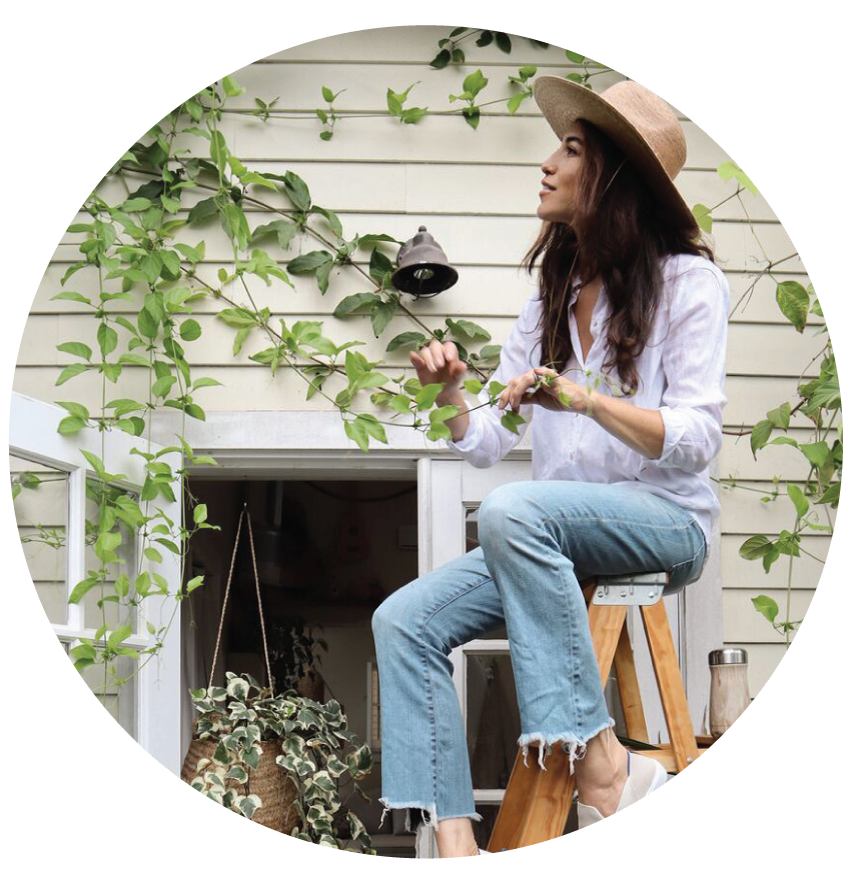(Small) Negative Space
Recently I contributed some words to a Domino feature entitled, “What I Wish I Knew Before Living in a Small Space,” and I wanted to expand upon those thoughts.
The Cottage is not my first compact living situation. I’ve lived in a tiny studio by the beach (1.5 years), a tight 1-bedroom in Manhattan (2 years), a shared 1-bedroom apartment nestled within a medieval castle (1 year over the span of a decade), and two dorm rooms, both of which I split with assigned roommates (1.5 years). But I’ve lived in this tiny home by the canals for over 7 years now, and it’s the first small space I’ve experienced with my own family. And I’m 37— my style has evolved and my priorities have shifted.
As such, I’ve learned exponentially more about efficient and mindful small space living since calling the Cottage home.
Here’s the excerpt from the Domino piece, compiled by Elly Leavitt:
It may seem counterintuitive, but sometimes a great multifunctional storage find can actually be detrimental to your small space. “I wish I’d realized from the onset that the trick to small space living isn’t primarily to find storage. Instead, it’s to re-evaluate your existing belongings, analyze your future purchases, and determine what you can live without,” says Whitney Leigh Morris, whose 362-square-foot Venice Beach cottage is the stuff that dreams are made of.
She advocates donating the items you don’t actually need and being more intentional with your decorating; after all, downsizing your home means downsizing your lifestyle, too.
In other words, I believe that the key to living beautifully in a small home or apartment is not figuring out how to creatively Tetris a life’s worth of “stuff” into limited square-footage. It’s about discovering what you truly need — and don’t need— in order to live comfortably and contentedly, day by day.
Lately I’ve been enjoying the negative space in our tiny house. These empty spots are not only soothing and airy, but they bolster the design elements and decorative features nearby. Most importantly, they provide the opportunity for us to explore and embrace unstructured moments.
By moving the tray of functional decorative items off our coffee table, West suddenly has a toddler-height surface for puzzles, creative play, and reading. By wheeling the entire chest away and under the desk, we all have a place to work out, horse around with the pups, roll West's book carts around, and dance.
By keeping our breakfast counter clear, we have a place to open the mail, prep meals, sort donations, arrange greenery, and play with watercolors.
By leaving my desk free of traditional office organizers and paper piles, I have all the inches I need to write, bookkeep, plan, and pause to draw with West when he climbs up into my lap as I work.
By keeping my beside cubby empty and unstyled, I can accommodate the books, drinks, puzzles, and hair clips that West and I share in the evenings and mornings.
These stretches of blank canvas throughout our home are invitations for us to move differently, think creatively, and breathe deeply. For this, we don’t require a bigger house— we simply need less clutter.






